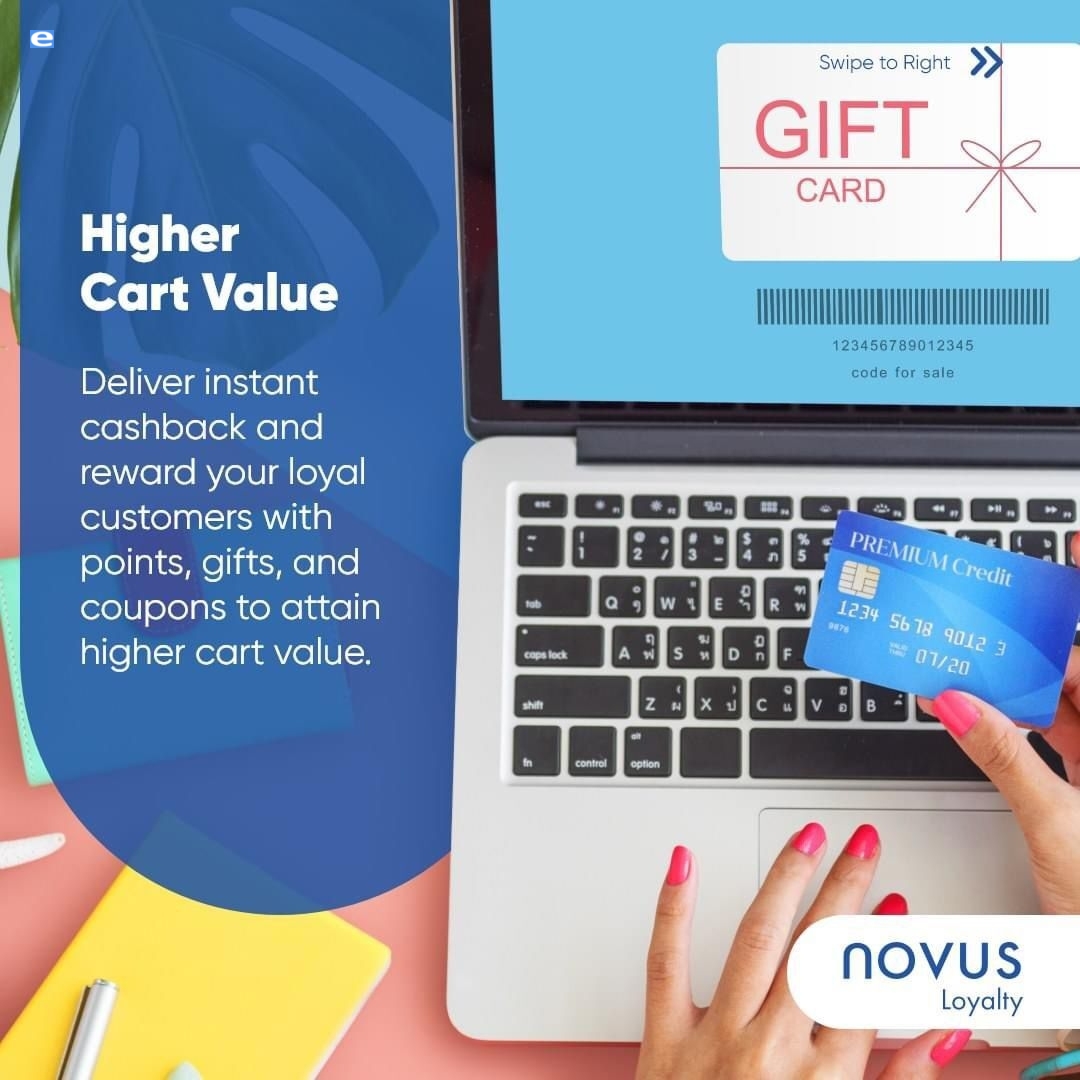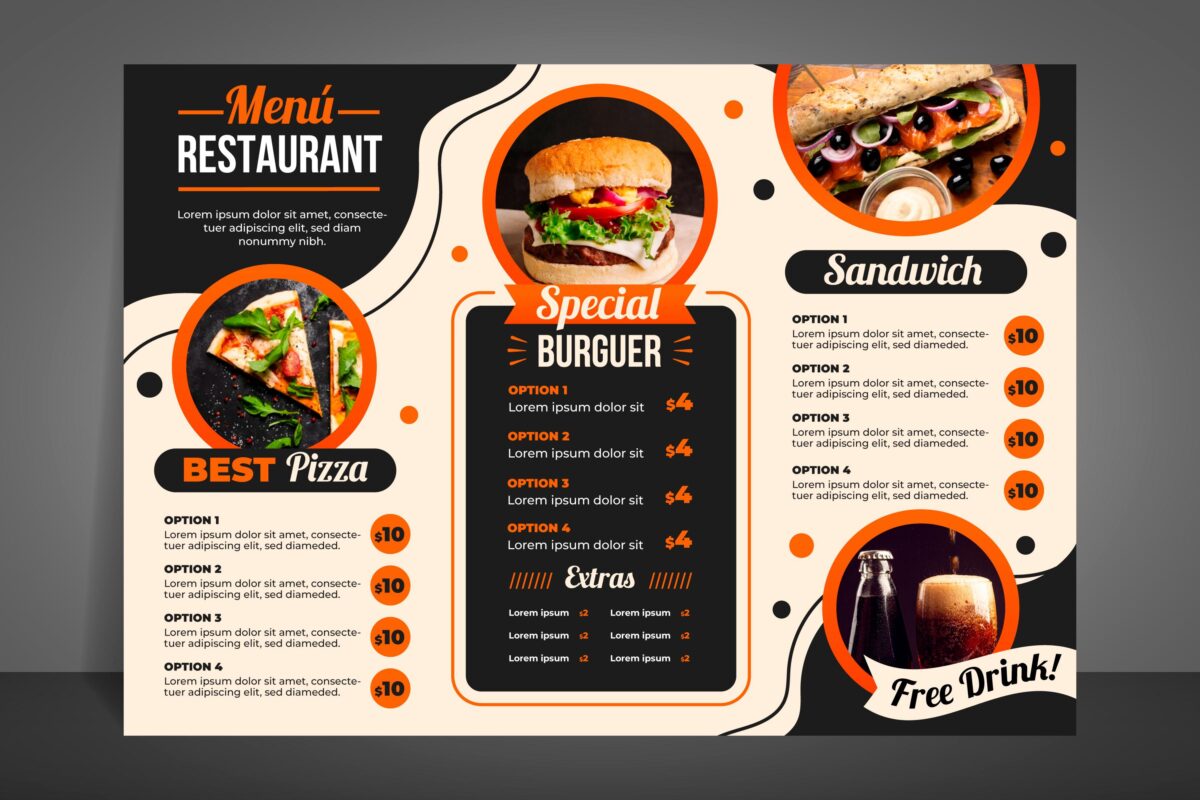How Gift Card Rewards Programs Are Transforming Customer Loyalty

In today’s competitive business landscape, customer loyalty is more critical than ever. Companies are constantly searching for innovative ways to engage customers, build brand loyalty, and drive repeat business. One strategy that has gained significant traction is the implementation of gift card rewards programs software. These programs are transforming how businesses approach customer loyalty, offering unique opportunities to enhance the customer experience, increase retention, and ultimately drive revenue growth.
Gift card rewards programs combine the appeal of gift cards with the power of loyalty incentives, creating a win-win situation for both businesses and their customers. In this blog, we will explore how these programs are changing the landscape of customer loyalty and why they’re becoming a must-have tool for modern businesses.
1. Instant Gratification and Flexibility: A Winning Combo
One of the primary reasons gift card rewards programs software are so effective at driving customer loyalty is the immediacy and flexibility they offer. Unlike traditional loyalty programs that require customers to accumulate points over time or meet specific thresholds before redeeming rewards, gift card programs provide instant gratification.
When customers earn a gift card, they can use it right away, whether for future purchases at the business, at partner stores, or even online. This immediate reward is not only satisfying but also encourages repeat behavior. Since gift cards are often tied to specific businesses, they create a sense of urgency—customers are motivated to return to the business to redeem their rewards, thus increasing customer retention rates.
Furthermore, gift cards allow customers to use their rewards in a way that suits their personal preferences. Whether they are buying something they need or treating themselves to something special, the flexibility of gift card rewards enhances the overall customer experience. This increased satisfaction boosts customer loyalty, as customers feel more valued and appreciated.
2. Personalization: Tailoring Rewards to Customer Preferences
In the digital age, customers increasingly expect personalized experiences. Traditional loyalty programs, which often provide one-size-fits-all rewards, fail to meet the growing demand for tailored experiences. Gift card rewards programs, however, have the unique ability to offer personalized incentives based on customer preferences and purchasing history.
For example, a business could use data from previous customer interactions to send targeted offers, such as a gift card reward for a category of products the customer frequently purchases. A coffee shop might reward loyal customers with gift cards that can be redeemed for their favorite drinks or merchandise. This personalized approach not only makes the reward more relevant and appealing but also strengthens the emotional connection between the customer and the brand.
By using gift card rewards to personalize the loyalty experience, businesses can create a deeper sense of value for their customers. This leads to stronger customer relationships and a higher likelihood of repeat business.
3. Enhancing Customer Engagement and Brand Affinity
Customer engagement is the lifeblood of loyalty. A successful gift card rewards program doesn’t just encourage customers to make a purchase—it actively engages them with the brand in ways that traditional rewards programs cannot. Offering customers a gift card not only provides a tangible benefit but also fosters a deeper connection with the brand.
Gift card rewards can be integrated into various marketing strategies, such as email campaigns, social media promotions, or exclusive member events. These campaigns can encourage customers to engage with the brand on multiple channels, fostering a more robust and dynamic relationship. When customers are given the opportunity to earn and redeem gift cards in a variety of ways, it keeps them engaged with the brand and top of mind when making future purchasing decisions.
Additionally, businesses can offer tiered rewards, where customers unlock higher-value gift cards as they continue to engage or spend more. This adds an element of gamification, motivating customers to continue interacting with the brand to unlock better rewards. Such programs help increase brand affinity, turning casual buyers into loyal advocates.
4. Driving Referral Programs and Word-of-Mouth Marketing
Gift card rewards programs also serve as a powerful tool for referral marketing. Word-of-mouth is one of the most effective forms of marketing, and businesses can leverage gift card incentives to encourage existing customers to spread the word. Offering customers gift card rewards for referring friends or family members is a proven way to expand customer bases while reinforcing loyalty.
Referral rewards create a mutually beneficial situation: the referrer gets rewarded for their loyalty and advocacy, while the new customer is introduced to the brand with an incentive to make their first purchase. This creates a network effect, where the success of the program amplifies itself as more customers are brought into the fold through referrals.
5. Boosting Sales and Driving Repeat Purchases
Ultimately, the goal of any loyalty program is to increase sales and revenue. Gift card rewards programs are highly effective at achieving this. By offering gift cards as a reward, businesses give customers a reason to return and make future purchases. Additionally, many customers tend to spend more than the value of their gift cards, leading to an increase in average order value.
For example, a customer might receive a $50 gift card but end up spending $60 or $70 in total. This phenomenon is common in retail, dining, and entertainment sectors, where customers are often motivated to add more items to their cart in order to make the most of their gift card.
Moreover, businesses that integrate gift cards into seasonal promotions, special sales, or holiday events can create a sense of urgency, driving customers to take immediate action. A well-timed promotion offering bonus gift cards or limited-time rewards can also lead to short-term sales boosts, while long-term programs help maintain consistent repeat business.
6. Cost-Effective Loyalty Solution
Gift card rewards programs software are also relatively cost-effective for businesses. Unlike physical rewards such as merchandise or discounts, gift cards are low-cost to implement, especially in digital formats. They don’t require physical inventory or complex logistics, and they can be easily integrated into existing sales and loyalty infrastructure. Digital gift cards, in particular, are a convenient and scalable option for businesses of all sizes, from small startups to large corporations.
Furthermore, gift cards are predictable—customers are likely to redeem them at their convenience, which allows businesses to forecast redemptions and plan their finances accordingly. This makes gift card rewards programs a smart and sustainable option for businesses seeking to implement a loyalty program without committing to large upfront costs.
Conclusion On Gift Card Rewards Programs Software
Gift card rewards programs are revolutionizing customer loyalty by providing instant gratification, personalized experiences, and increased engagement opportunities. Through personalization, flexibility, and integration with other loyalty strategies, these programs offer customers more value while fostering deeper connections with brands. Whether through referral incentives, gamified experiences, or higher-than-expected spending behavior, gift card rewards programs are a powerful tool for retaining customers and driving long-term loyalty.
In a world where customer expectations continue to rise, businesses that adopt innovative, customer-centric approaches—like gift card rewards programs—will have a significant competitive edge. By making loyalty rewarding, flexible, and easy to redeem, businesses can create lasting relationships with their customers, turning them into brand advocates who return again and again.








